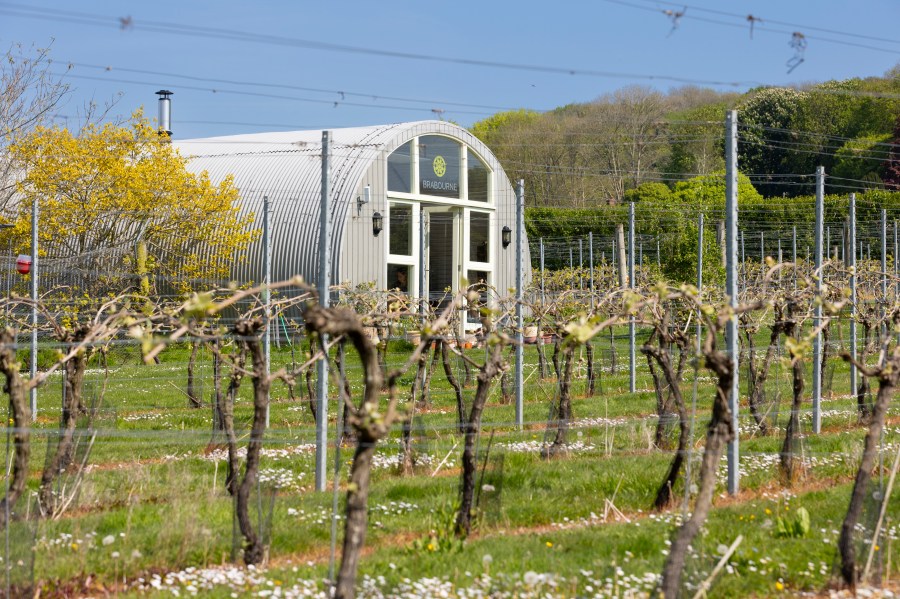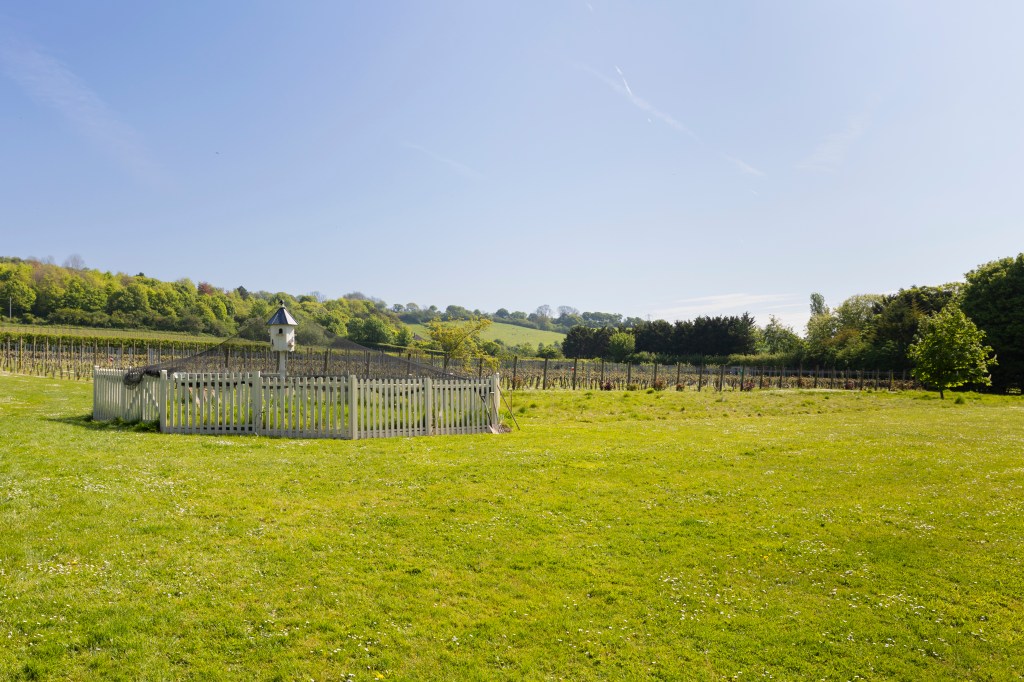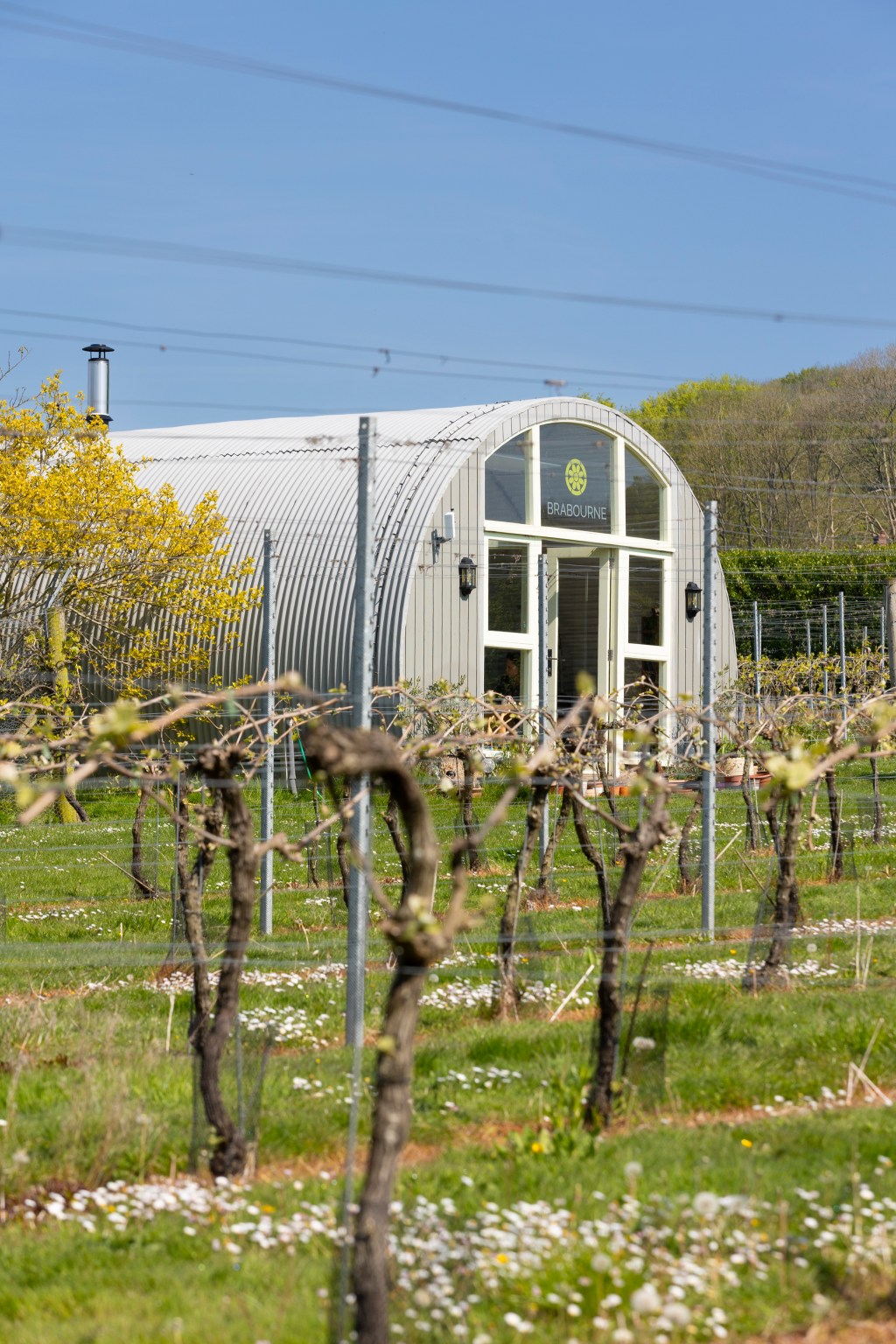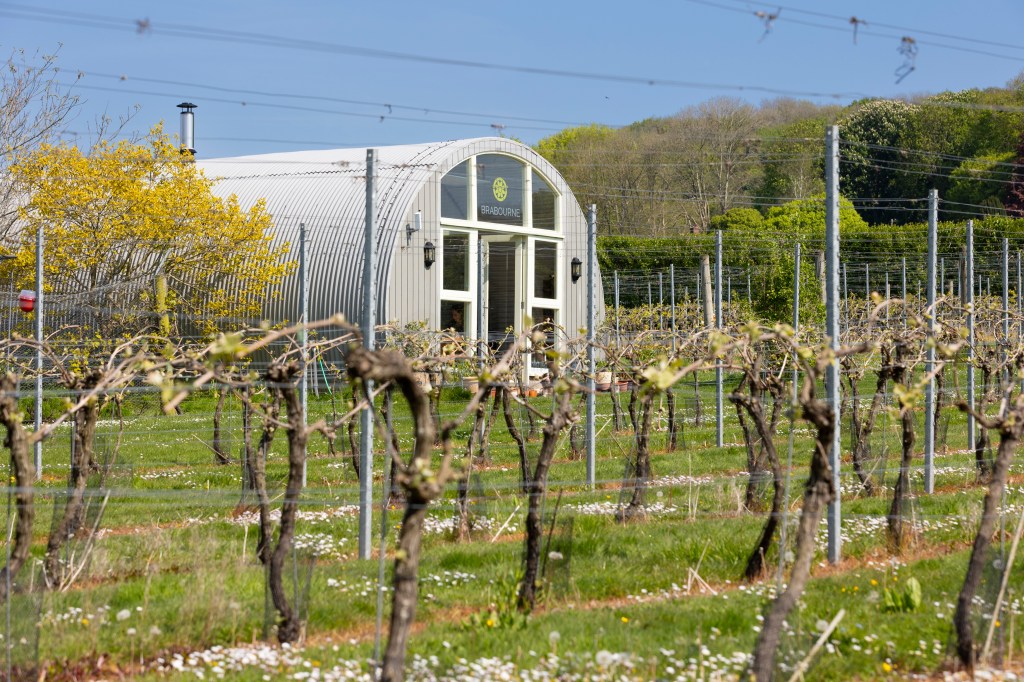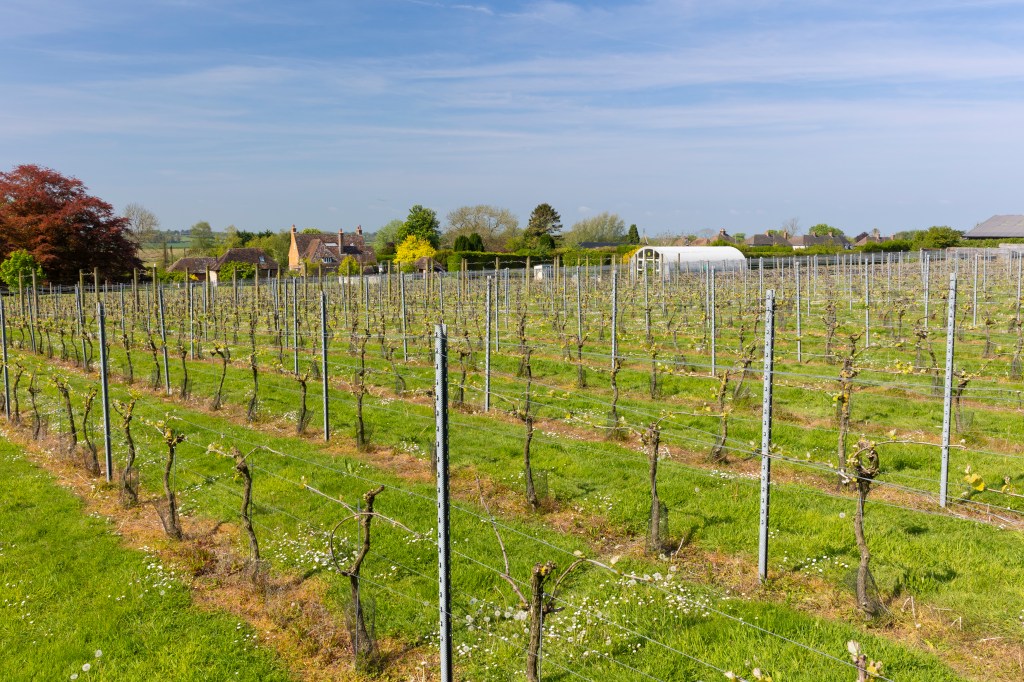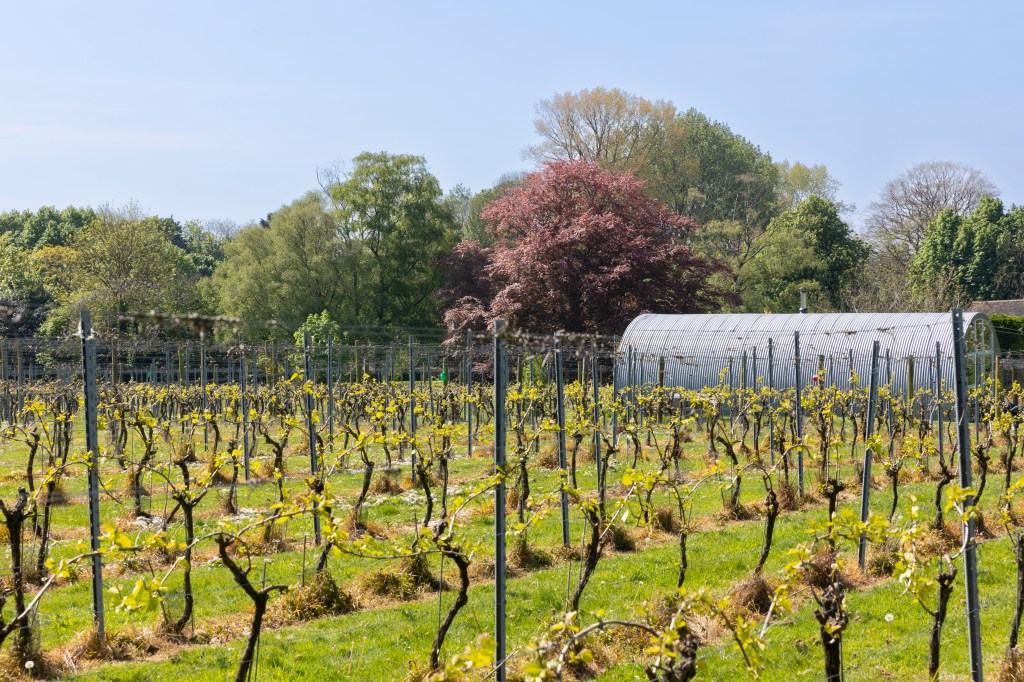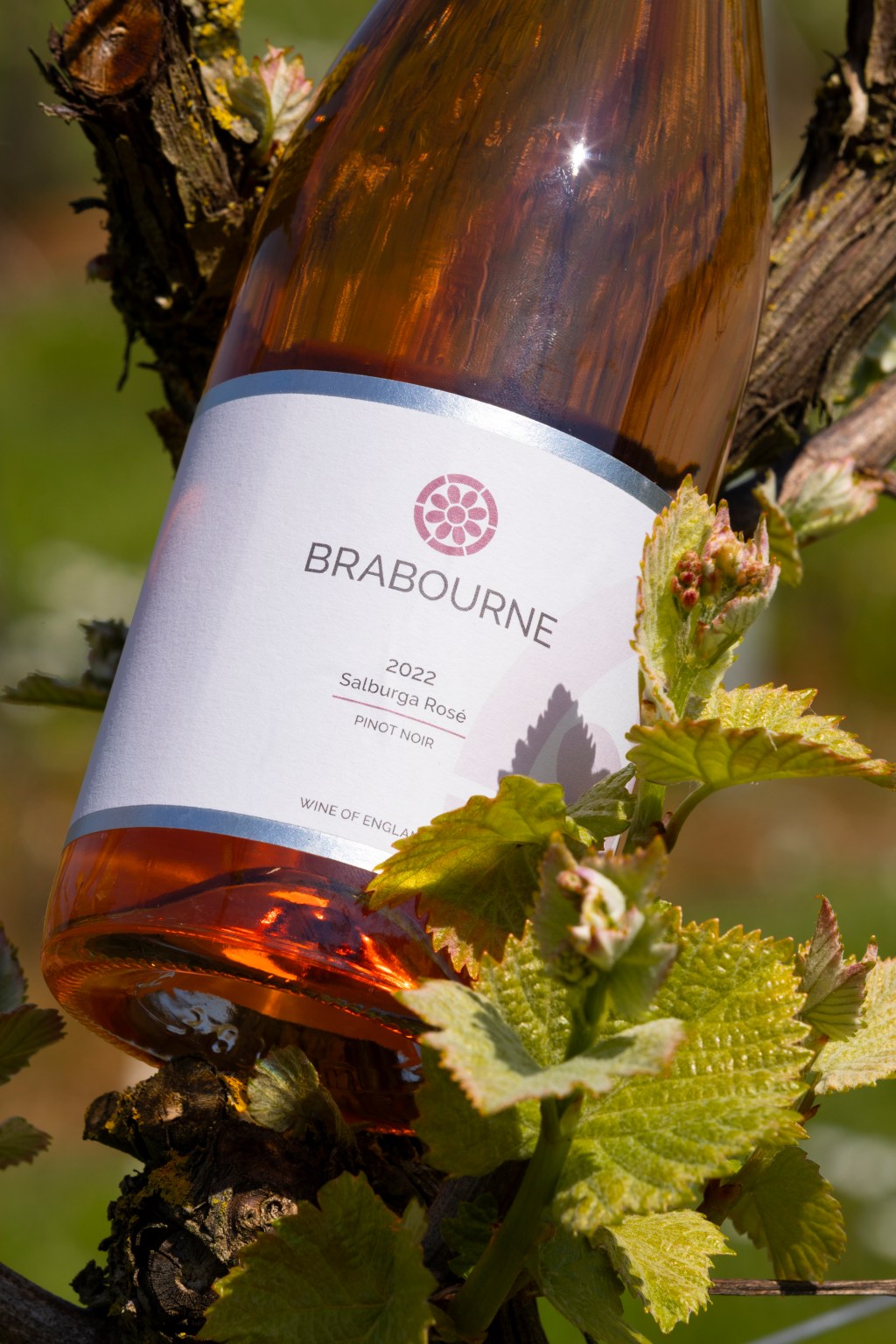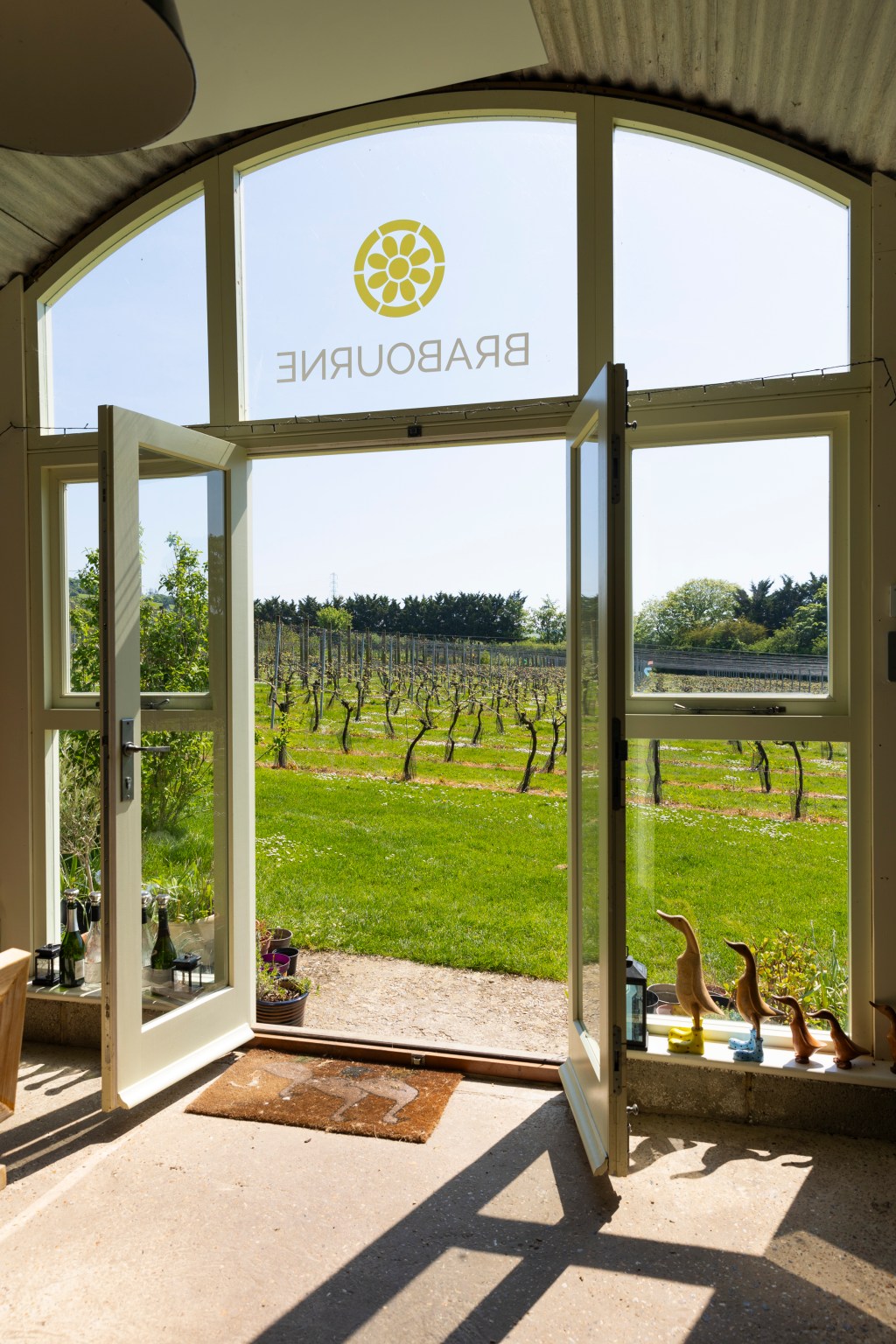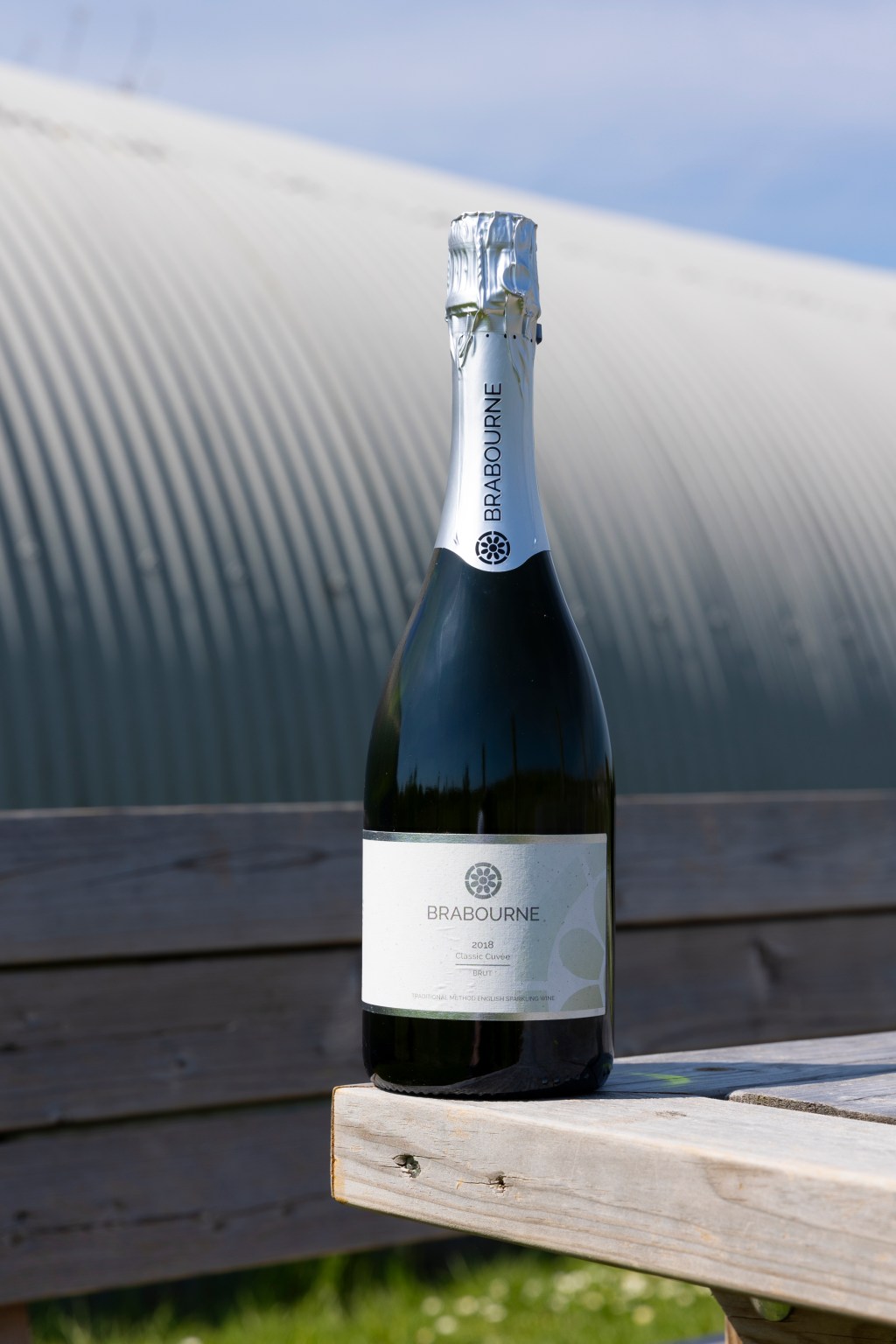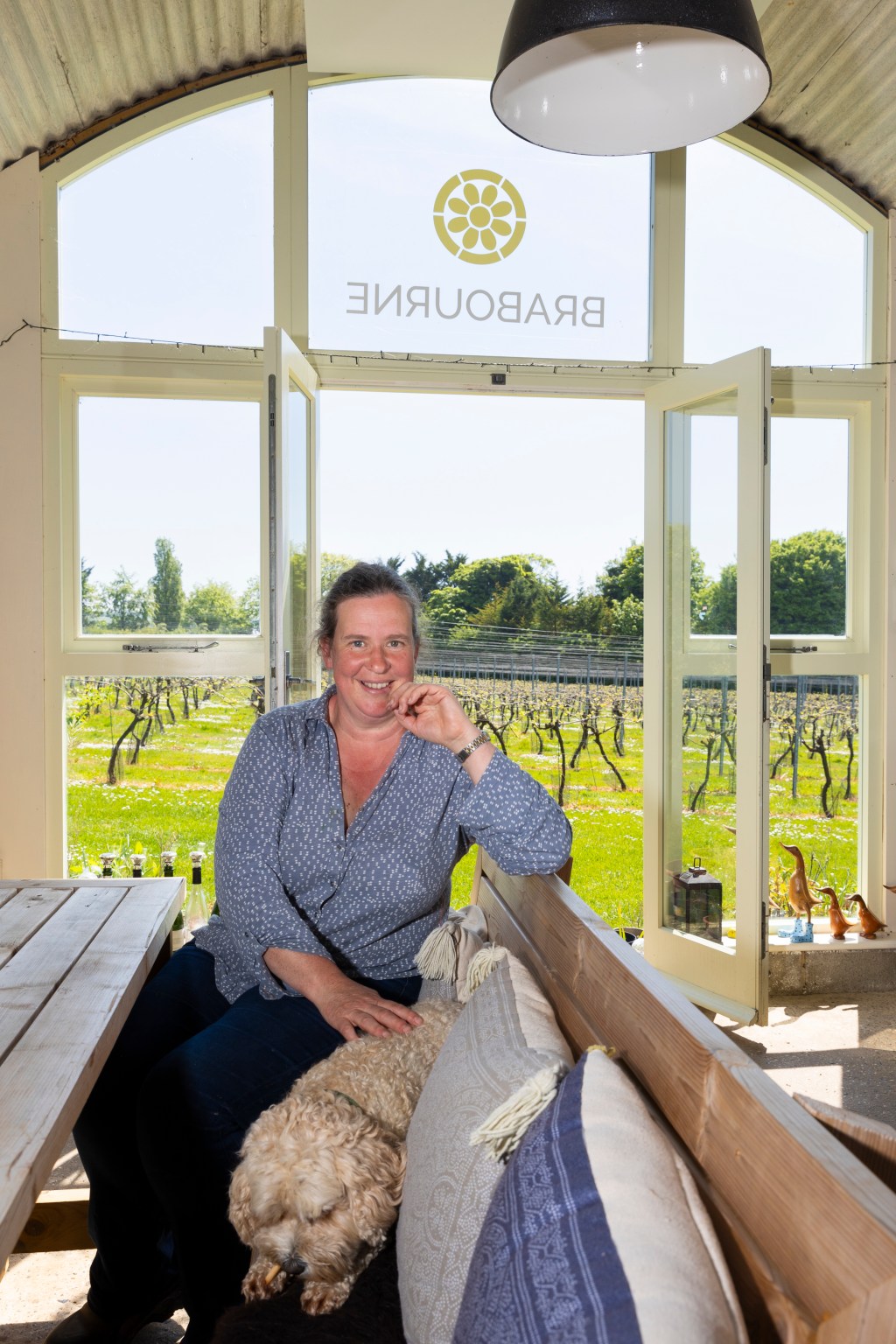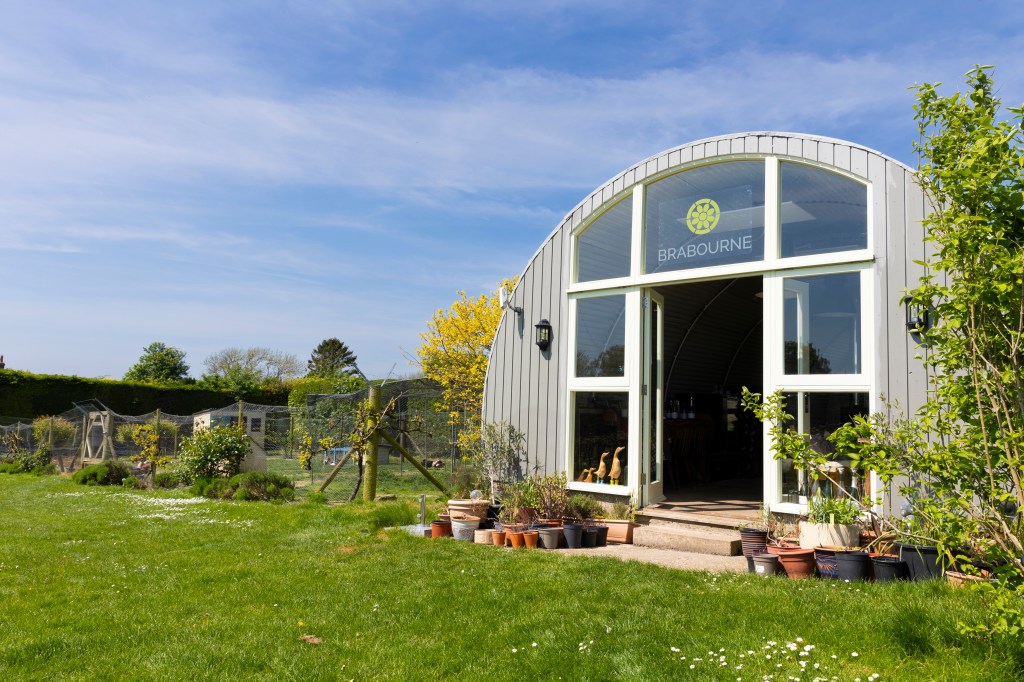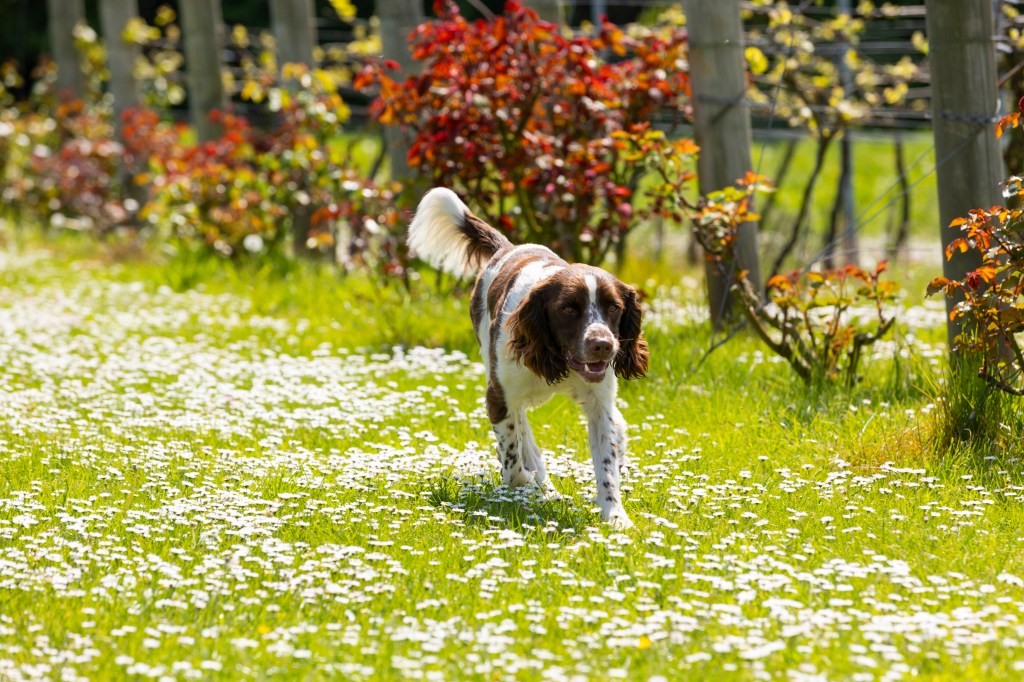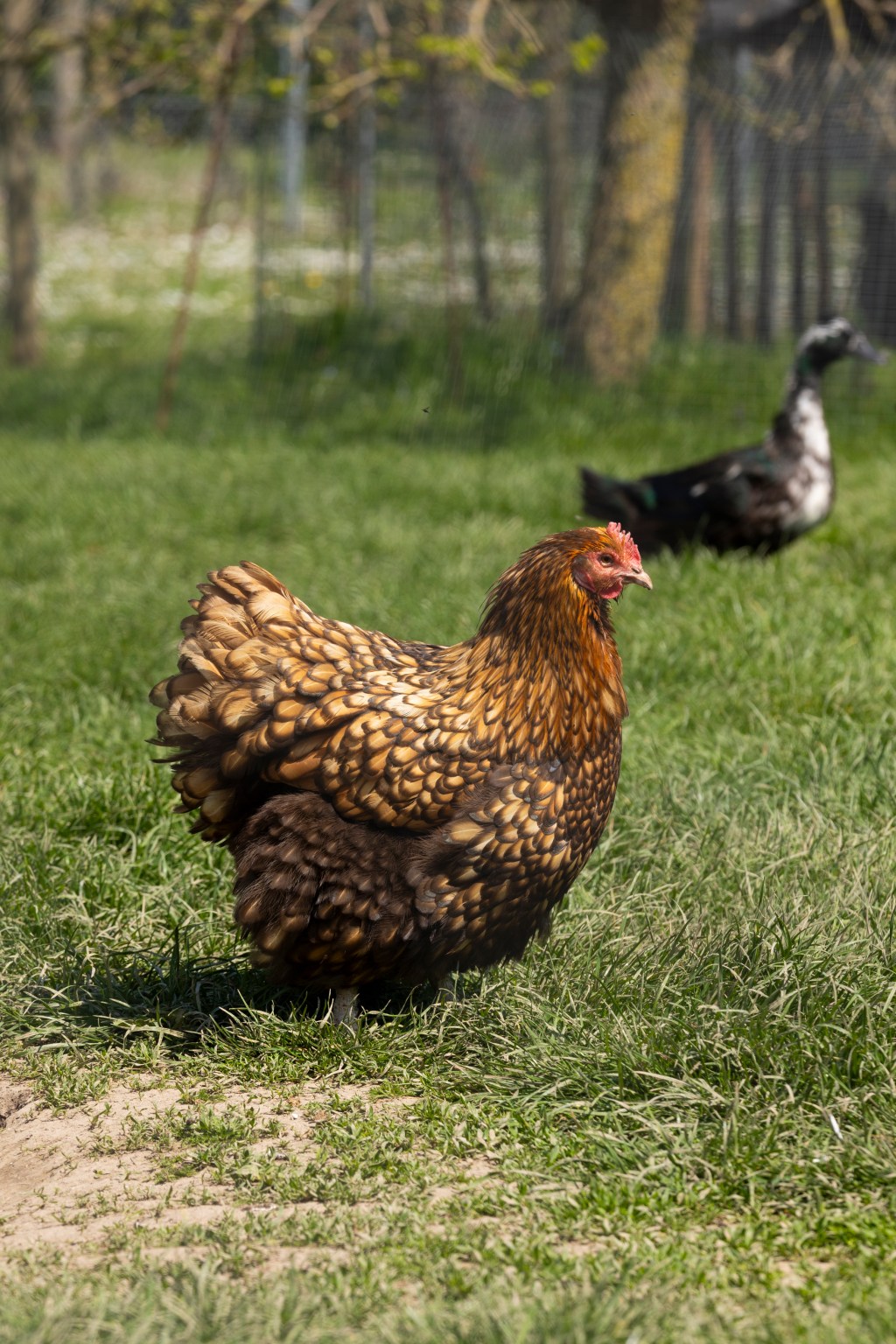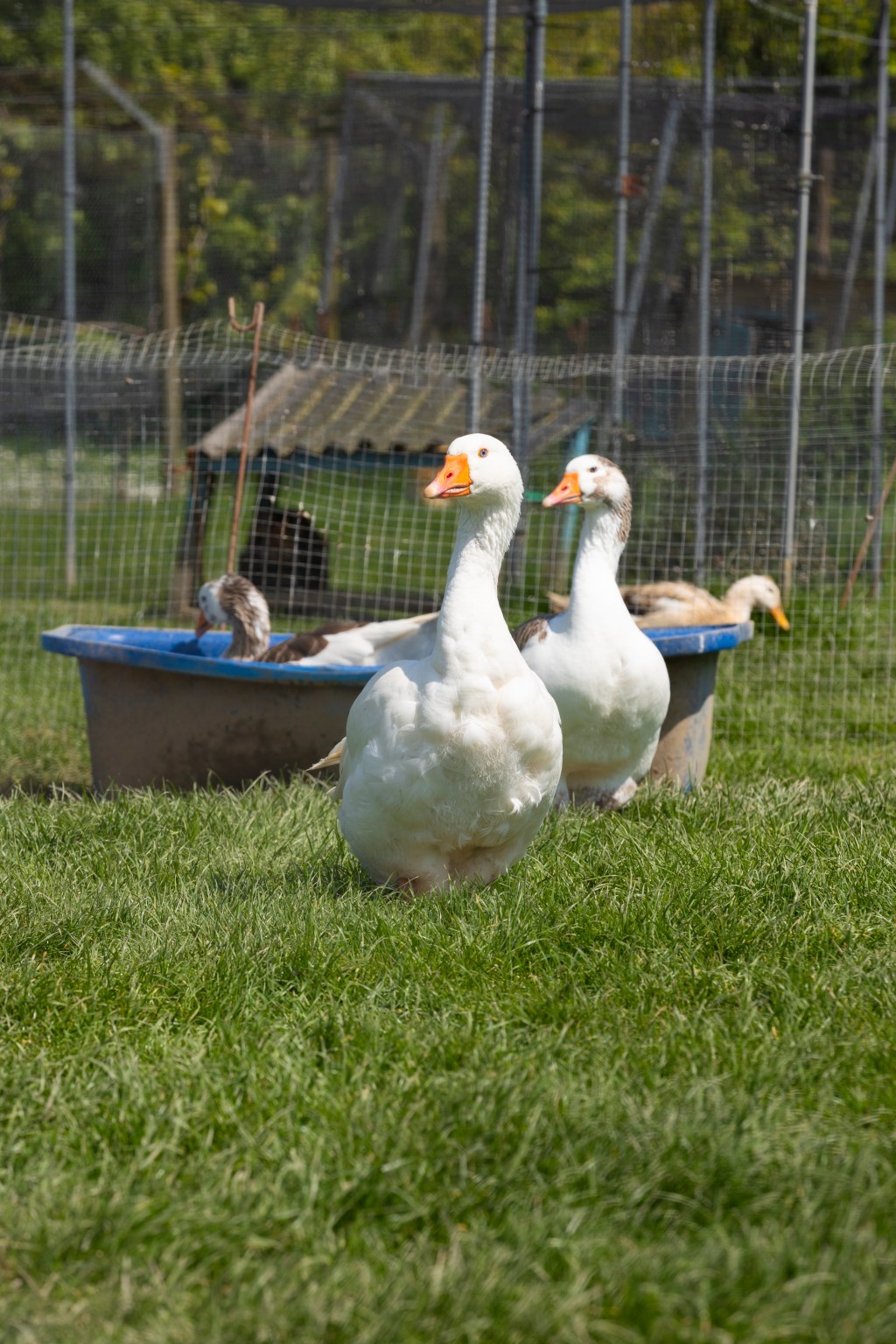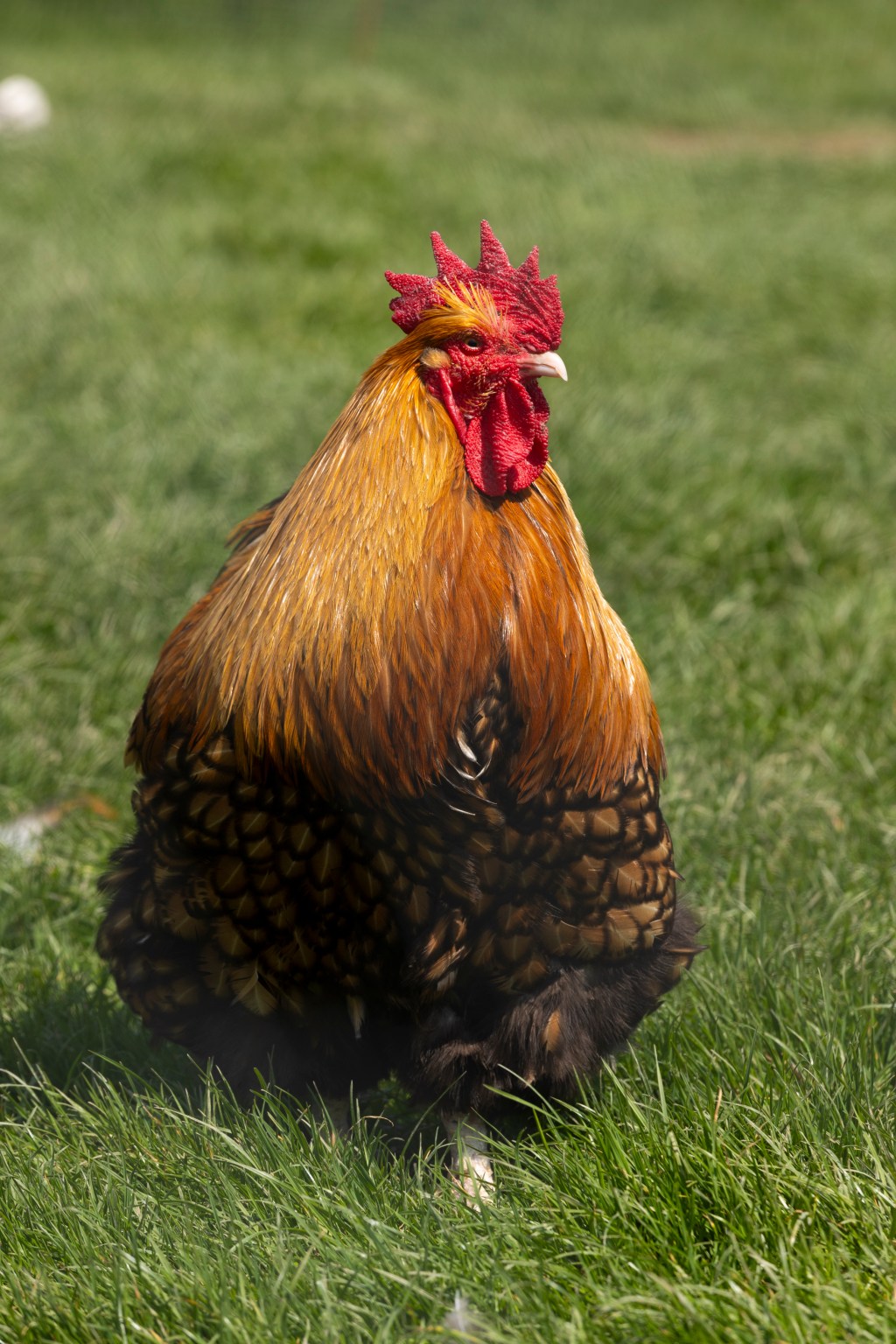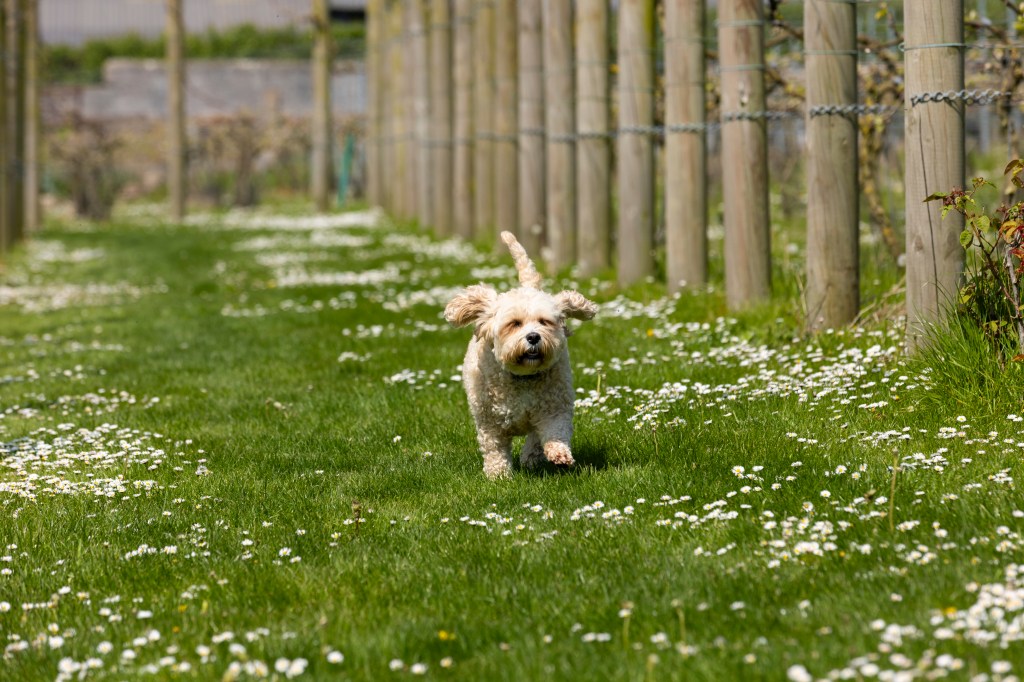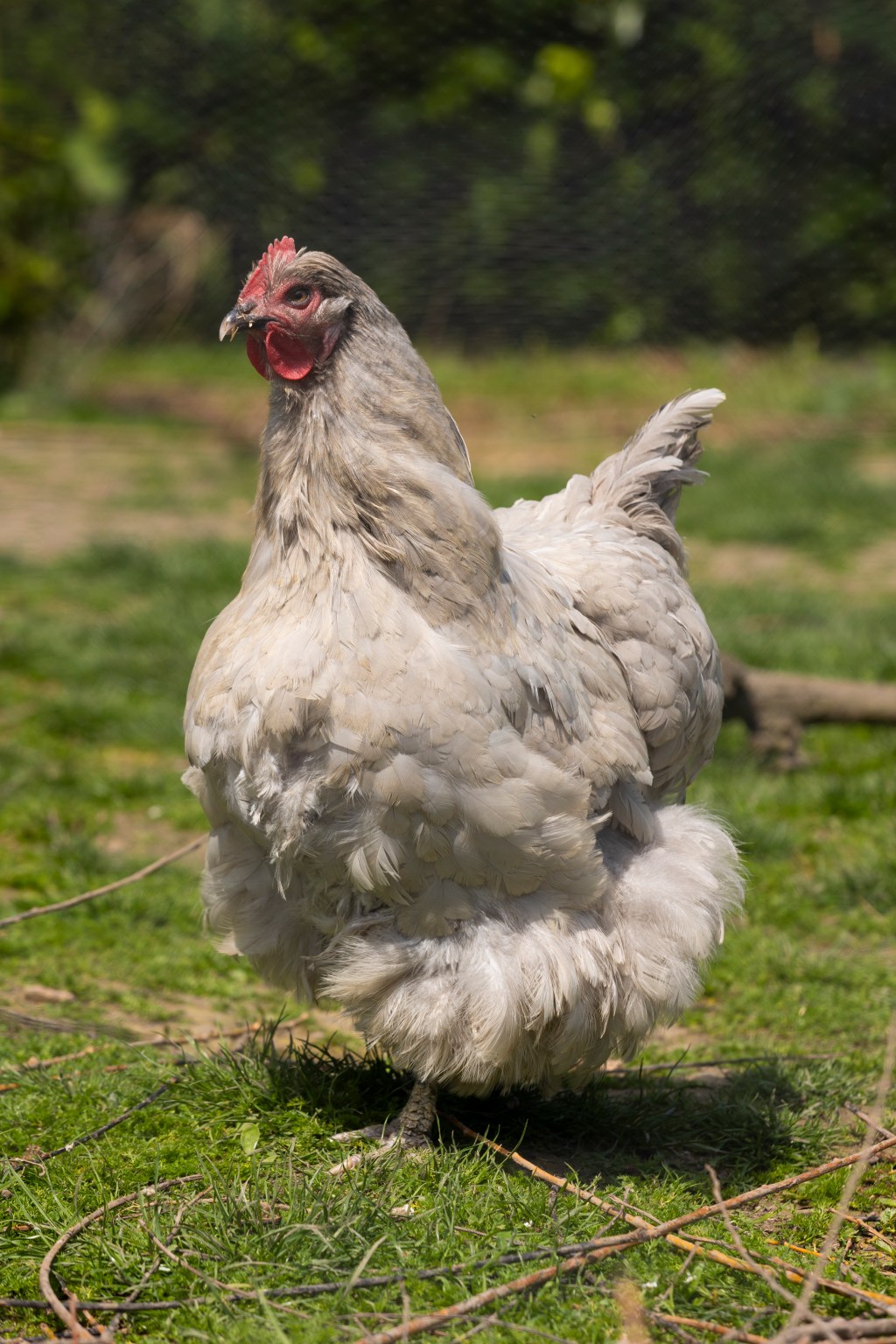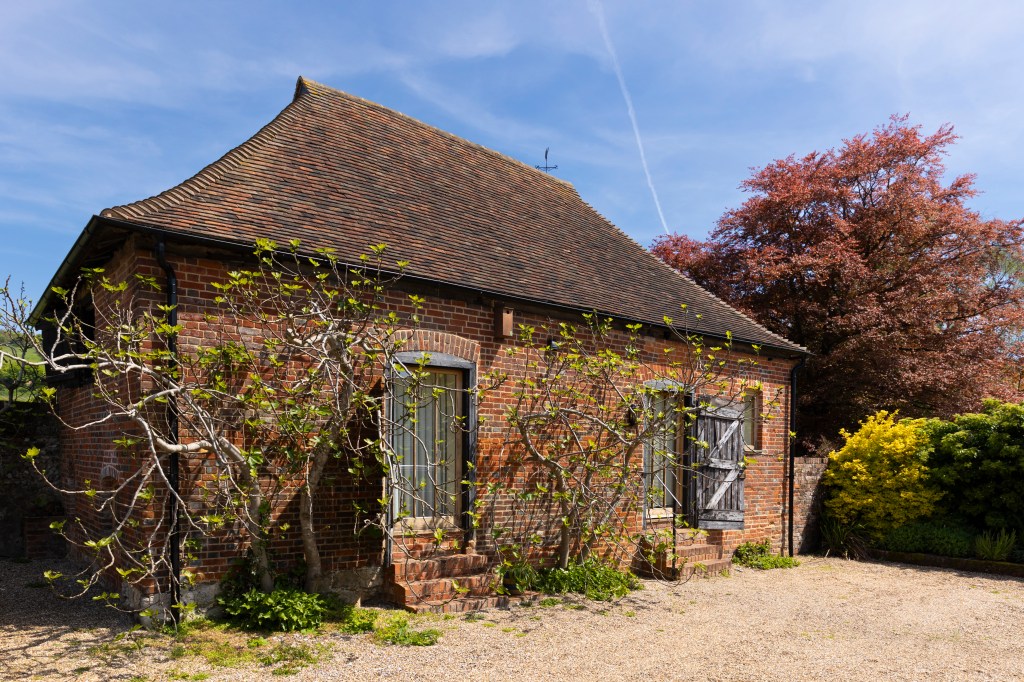Needless to say this journey built certain expectations and on arrival, witnessing the beauty of the vines mingled with the backdrop of the Grade II listed Court Lodge the first sensation is that this is a small but perfectly formed vineyard.
The two acres of vines are planted on a gently sloping site at the foot of the North Downs and have therefore all the benefits associated with this chalk seam that runs right through to Surrey. Planted in 2014 the vines are predominantly Pinot Noir with 10 rows of Chardonnay. This allows Brabourne vineyard to really focus on the grapes grown on this small plot and the versatility of the Pinot Noir grape gives them plenty of scope to make still and sparkling wines both white and rosé.
Paul and Hester Fenwick and their three children live on the eight acre site of Court Lodge in the village of East Brabourne. Having previously been located in Sweden and then Switzerland they returned to the UK and looked for the perfect place to settle. It is easy to see how this site captured their heart. The couple were looking for a use for the land whilst Paul was working full time. “He would listen to farming today as part of his daily commute, which led to all sorts of suggestions, I think there might have even been snail farming,” said Hester with a laugh. It was vines however that ended up ticking all the boxes and Paul and Hester sought the help of a consultant.
Simon Day was willing to help the couple with the initial set up of the vineyard and Paul took an intensive course at Plumpton. James Dodson of VineWorks planted the vines and installed the trellis. After initially planning on training the vines on the Scott Henry system they found that this system would not be appropriate for their site as it did not allow enough airflow. “Airflow on this site is vital, to control mildew,” Hester explained. “We originally had 4 canes per vine but after advice from Megan and Tim at Hutchinsons we have moved to a two cane system in a curved pattern to control vigour,” she continued. Paul and Hester are also very happy to have the help of Felicity Head who has been helping with pruning and other tasks in the vineyard. Hester emphasises how much she values the hard work that Felicity has undertaken.
When talking about pests and predators Hester explained: “We have a bird scarer that plays predator hunting calls but we have more problems from badgers especially along the margins where the hedges are.” However, the vines are trained slightly higher than is usual and this has proved quite useful as it means that the badgers are only able to reach the low hanging bunches. “We can literally tell how tall the badgers are,” joked Hester.
Brabourne is mentioned in the Doomsday Book and the current house can be dated back to the 1700’s but probably sits on the site of a much older building. “It is a site that has over 1000 years of history,” said Hester. The nearby church dates from 1200 and has an original stained-glass window, one of the oldest surviving windows from this era. This window is the inspiration for the logo of Bradbourne. It has an elegant simplicity that is both appealing and is also a visual representation of the values of the business. The window has a note at the bottom that it was restored in 1851 and this also is a reflection of the life cycle of the site.
The site has buildings of varying ages and from 1945 until the 1970s was used as a market garden. There were three women involved in the enterprise including a Romanian Princess, Lady Charnwood and Carola Cochrane. “She was really ahead of her time, in a book that she wrote she is talking about making money on two acres of land and she mentions crop rotation and glass houses. I believe that produce from here even found its way to Buckingham Palace,” said Hester.
Now this site is once again producing award winning produce with the Sparkling Cuvée 2018 winning a silver medal at the WineGB awards. “We will wait to see what the 2024 WineGB awards will bring,” said Hester with a bright smile. The sparkling cuvée contains 35% Chardonnay and is described by Hester as a crowd pleaser. The vineyard is surrounded by award winning pubs that offer locals a chance to enjoy the wines. In fact, the closest pub The Five Bells was voted Kent pub of the year in 2019 and Daisy the vineyard dog has given her own seal of approval as she has walked herself there on the odd occasion.
For a small vineyard the wines produced are both varied and, in some instances, rather unusual. Alongside the Sparkling Cuvée the current wines also include a still rosé and a sparkling rosé both of which are 100% pinot Noir.
From the 2023 harvest there will be a Chardonnay and a still Pinot wine released. “Our 2023 season was saved by the weather in September which was as high as 30°C,” Hester explained. From the 2020 harvest both a Blanc de Noirs and a Blanc de Blancs are currently on lees and should be released in 2025.
The wines are made at Oxney Organic which is located only 25 miles away. The current winemaker at Oxney is Salvatore Leone and his experience and advice is useful in September when the grapes are coming to ripeness. “The vineyard is slightly higher than some of the other vineyards in the area and therefore we are usually about two weeks behind,” said Hester. This means that frost is not usually a problem at the vineyard and also works well for the contract winemaker in terms of capacity and space. “The nail-biting part of our season comes towards the end as we see what September and October weather does for the disease pressure,” said Hester. The small boutique nature of the vineyard allows the wines produced to be fruit led and to change according to the harvest.
As anyone in the industry would agree the weather is so crucial to the success of a vintage. The vineyard picked its first harvest in 2017 and then with refreshing honesty Hester explained that in 2018 they had seriously underestimated the fruit that would be produced so not all of this bumper crop was harvested. At the opposite end of the spectrum “2021 was a disaster with only 700kg of fruit which was only one tenth of the 7-8 tonnes that are usually harvested,” she explained.
Harvest at Brabourne is a family affair with Paul and Hester’s three teenage children getting involved alongside local members of the community. All the pickers are paid for the hours they pick. “The local community have really embraced the picking spirit and return year after year. They are now really skilled at selecting only the clean fruit which ensures the quality of the wine,” said Hester with warmth in her voice.
There is a plan for the vineyard to join with Gnina Balchin from In The Loop Drinks based in Sussex to produce a limited edition Bradbourne Vermouth using some of the other botanicals that are grown at Court Lodge. There is plenty of choice including pumpkins, cherries, berries, 30 varieties of apples and pears, as well as lavender and the heavily cropping fig trees that give their name to the holiday cottage which is regularly rented out to both domestic and international tourists. The location with its proximity to Dover (ferry) and Folkestone (train) makes Fig Cottage ideally suited to visitors from The Netherlands, Belgium and Germany. “Some of the visitors are really pleased to be located on a vineyard. The cottage is available on a rental site but we are getting more bookings referred through the vineyard website,” explained Hester. All the holiday guests receive a welcome pack which includes all locally sourced produce and of course a bottle of Brabourne Wine. This is a great way to engage with visitors and such a nice touch. It also highlights an attention to the small details that are visible everywhere at Brabourne from the labelling to the vine covered walkway complete with solar powered fairy lights that travels through the centre of the vines.
In addition to the holiday accommodation Brabourne Vineyard also offers wine tours and tastings by appointment. “It was not initially something that we had considered but the first Sparkling wine had launched in 2020 right in the middle of various Covid-19 lockdowns, and it was difficult to find trade customers willing to try something new,” explained Hester. “Then we received a number of enquiries from people wanting to visit the vineyard,” she continued.
The result is the current tasting room located in a genuine WWII Nissen Hut. Aside from being a fantastic way to bring new life to yet another piece of history the building in the middle of the vines offers an exceptionally perfect setting for people to enjoy the relaxed and beautiful atmosphere of the vineyard whatever the British weather may bring. “The tours are offered to small groups and appeal to a broad range of people. One aspect that is particularly important to Hester is the ability to explain the different production methods for sparkling wine. “I explain that we do not compete on volume so we focus on quality,” she said.
With Paul working full time alongside holding the spraying qualifications for the vineyard and with Hester running the holiday cottage and the tours and tastings as well as raising three teenagers it would seem that life is incredibly hectic for the couple at Brabourne vineyard but this has not stopped them from thinking ahead. This year Brabourne will hold its first wedding with outside catering and the fairytale venue with the central vine covered avenue will truly make for a special location for a special day. In the future Hester is also looking to provide some form of food offering such as charcuterie and cheese platters to accompany the tours and has received levelling up funding to provide a handwashing station.
Visitors and especially children are in for a surprise when they come across the rare breed chickens, ducks and geese that are also part of this Vineyard enterprise. Buff Orpingtons and Gold Lace Orpingtons alongside Silver Appleyard ducks are all housed in an enclosed pen to protect them from predators. “I love it when we are holding a tasting and there are children in the party and I am able to tell them to have a look along the path and see if they can find some chickens and ducks. Even some of the adults have not seen chickens that are the size of the Orpingtons,” said Hester. The Orpington breed is not only strongly linked to Kent but also holds sentimental value for Hester as it was a breed that her grandmother had kept in the past.
This is also one of the few places in the country to see West of England Geese since the numbers of these birds nationally have been reduced to between 100-200. Whilst the rare breeds are not run through the vineyard there are at certain times of the year legbar chickens to be found wandering among the vines.
Brabourne Vineyard are not part of any certified schemes but they are working hard to incorporate practices that are better for the environment and the vines. The Chardonnay vines are mulched with sheep wool and Light brown apple moth is currently under control using early trap methods. There is native hedging that includes sloes and hazelnuts that feed the wild bird populations and there is currently a plan to dig a large pond on the site. “Natural England want to create a network of ponds in this area and the pond here will be 150m2,” explained Hester. A pond of this size will significantly improve the biodiversity of the site at Brabourne and Hester is looking forward to watching the increase in the local wildlife.
The vineyard although small has multiple ways to enhance the surroundings. Being so connected to the history of the site has meant that Hester and Paul are passionate about taking care of the Grade II listed building and the surrounding land. It feels Brabourne Vineyard is part of a bigger canvas that has been painted across the centuries and ensuring the land continues to be used and cultivated keeps the story of the site alive. Producing award winning wines on this site is a fitting twist to the story.
Photos: ©Martin Apps, Countrywide Photographic

